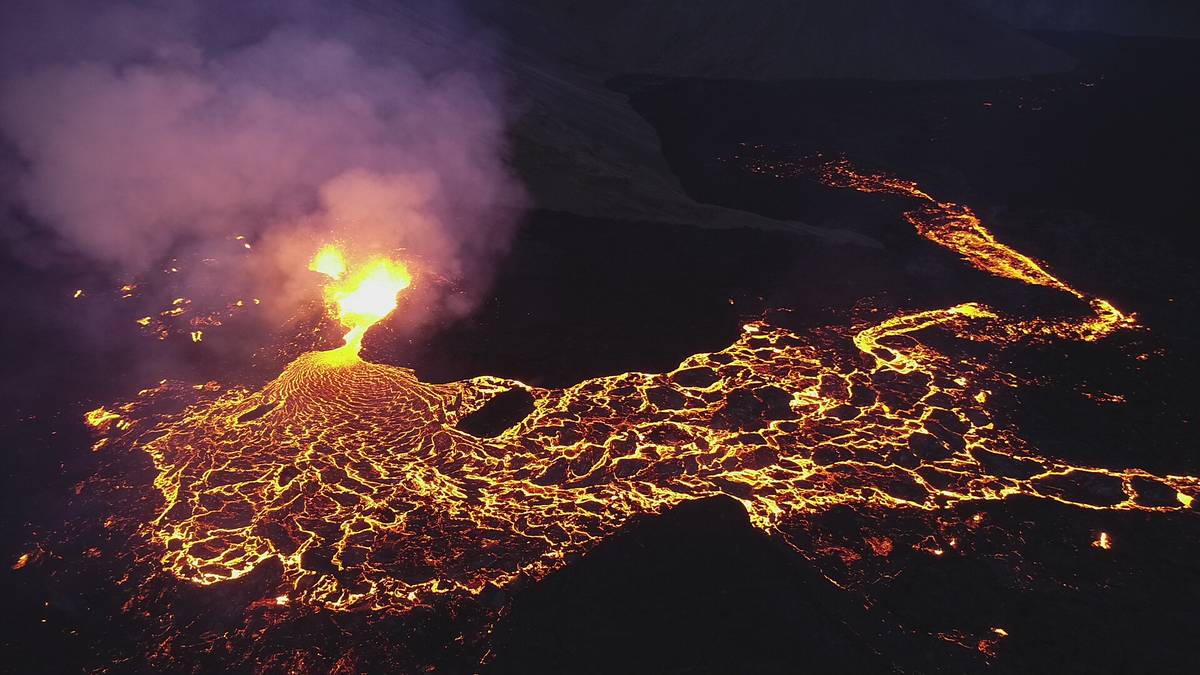Everywhere there is talk of sustainability, green transformation, and clean energy. Increasing living standards over the past two hundred years are associated with increased access to energy, as well as knowledge of how to use energy for something useful.
Nuclear power, solar panels, and electric cars are largely due to knowledge that comes from breakthroughs in physics research.
If we really want to achieve clean energy on a large scale, we must make a significant investment in physics research.
Unsolved number of questions in physics. One has not been able to unite two of the largest and well-tested theories in physics, quantum mechanics and gravity. All physicists know that something big is missing in physics, but to know what and how, one must have scientists. Researchers must have research funding.
All physicists know that something big is missing in physics, but to know what and how one must have scientists
Very little money is advertised to physicists. Physics is not a dedicated area of focus regarding the green shift. It must be. Norway hardly seems to have ambitions to achieve anything major in physics. This is despite the fact that breakthroughs in fundamental physics are probably what could really take a quantum leap or two forward toward a lot of clean energy, for both us and the world.
Such a strategy requires robust, long-term research, research funding, and talent.
It is easier to achieve populist short-term solutions, such as raising the gasoline tax from a very high level in order to reduce energy consumption. Or the electrification of the Norwegian shelf, which is highly doubtful to have any positive impact on the environment.
The most famous formula in physics, Einstein E = mc2, among other things, that there is an enormous amount of energy in the mass. Perhaps one kilogram of gray stone contains as much energy as 25 billion kilowatt-hours. This is sufficient for the average annual electricity consumption of 1.5 million households, if one assumes 16,000 kWh per household. But this is a collective energy resting in a substance that is not easy to excrete. At least not with today’s technology and knowledge.
Even in an atomic bomb, you can only get barely one percent of the potential energy of matter. Only in the interaction between the so-called antimatter and matter does it get almost 100 percent of the energy, but today it is very expensive to make antimatter.
The largest amount of antimatter ever made is about one billionth of a gram. NASA has estimated the cost at $62.5 trillion per gram. The potential for obtaining more energy from matter is enormous. We’re probably still in the cradle of potential physics marvels.
We like to see ourselves as an advanced, high-tech civilization. But in a few hundred years, we hope before, our grandchildren will likely look back on our age, when we look back to the industrial age, as a time of plenty of pollution and relatively primitive and filthy energy sources.
Perhaps the real solution is not to make sharp cuts in energy consumption and standards of living, but to develop new, more powerful and cleaner energy sources. Such progress would require the world to invest heavily in basic research in physics, and Norway should be involved here as well.
Norway, for example, has plenty of thorium, but minimal investment in research and development for thorium reactors. China is investing everything in its experimental thorium reactor now. Where is Norway?
Why doesn’t one Norwegian party focus on physics as a focus area in the green shift?
The last time a major investment in physics was during the Cold War. Then large military powers such as Russia and the United States invested heavily in physics research. They tried to secure the best and most powerful weapons.
It also resulted in many positive things for civilians, such as the Global Positioning System (GPS), which was initially developed in practice for military purposes. GPS requires, among other things, an understanding of how clocks are affected by gravity and motion, that is, Einstein’s theories.
Pollution is perhaps one of our biggest enemies today, if not our biggest. Investing in physics, which is ultimately an understanding of the deepest processes in nature, the atom, is perhaps the most important overlooked area of Norwegian green and sustainable policy. What we and the world really need is a sharp increase in investment in physics research.
Significantly increased investment in physics could create many new jobs and, perhaps in the long run, create the new oil we will desperately need as the age of oil navigates the ravages of time.
The physical search is to understand the deepest mysteries of nature, how can we have a number of parties that cry out to save the world, but do not have a strategy to study the mysteries of nature?
It only takes one politician to set up a gasoline tax, but there is a lot of research to make a breakthrough in accessing cleaner energy, as well as to come up with efficient processes to be able to get Co₂ out of the atmosphere.(Terms)Copyright Dagens Næringsliv AS and/or our suppliers. We want you to share our cases using a link that leads directly to our pages. All or part of the Content may not be copied or otherwise used with written permission or as permitted by law. For additional terms look here.

“Explorer. Unapologetic entrepreneur. Alcohol fanatic. Certified writer. Wannabe tv evangelist. Twitter fanatic. Student. Web scholar. Travel buff.”




